An Introduction to Surface Fishing
Surface fishing is one of the most exciting methods for catching fish. The anticipation of the take, the thrill as your bait disappears and the potential for frustration as you strike – and often miss – are equalled only by the heart-thumping fight when you manage a hook-up and play that whopper you were targeting.
Although surface fishing also works on moving water, particularly for chub, for this article I will be talking mainly about catching carp from stillwaters. Additionally I will suggest methods and tactics that will work on commercial waters rather than taking on really big carp of 20lb plus by stalking overgrown and weedy waters. Those ‘big fish’ tactics can often require specialist gear which is a tale for another day.
What can I catch using floaters?
The first thing to check is that the use of floating baits is allowed. Many commercial waters do not permit surface fishing. Surface fishing not only work for carp, they work for many species of fish. Chub will readily rise to a floating bait, as will roach, rudd and orfe. I have also caught some beautiful big bream on this tactic and even taken perch and gudgeon on floating bread, albeit the gudgeon were probably taking the tiny scraps remaining on the hook after roach and rudd had decimated it.
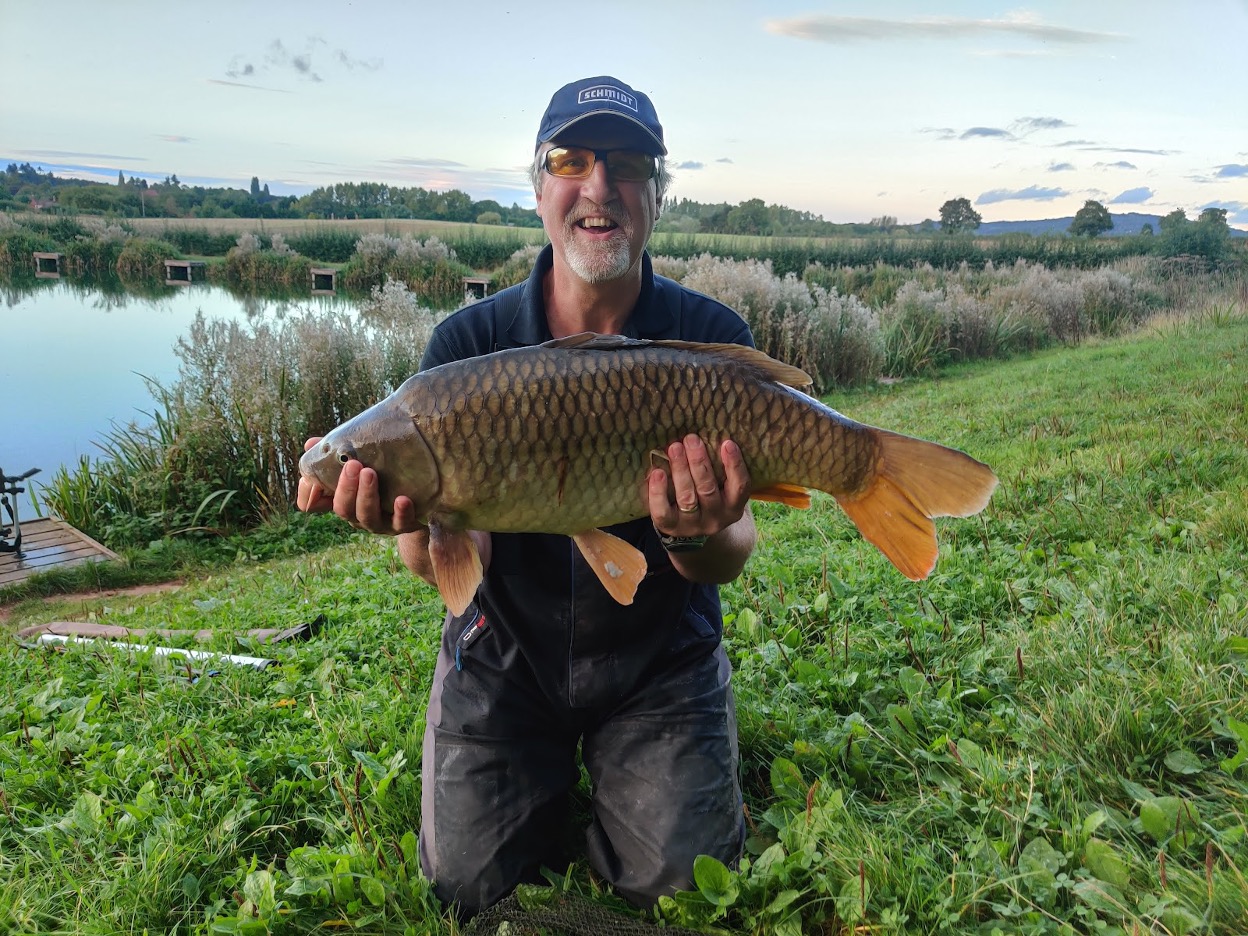
A lovely big carp taken on a floating bait of three 20mm pieces of punched bread. No extraordinary skills required, just punch the bread with a twisting motion of the punch, this will cut through the bread rather than compress it, thus keeping as much air as possible within. Again, without pressing the air out gently pull the hook through with a baiting needle and cast to your target fish. Simples!
Best baits for surface fishing.
There are lots of baits that will work for carp. Dog or cat biscuits are commonly used, as are various breakfast cereals, marshmallows and floating pellets. However, for me, without any doubt the best bait for catching any fish off the surface is bread. Virtually all other baits require hair rigs, bands or even glue to affix the bait to the hook.
Bread, in most instances, can simply be hooked on and cast out. Many anglers have tried some fantastically exotic alternatives but the Gold Award for surface fishing is undoubtedly bread. Just to be clear, we are talking here about white bread; brown bread and other ‘granary’ derivatives simply do not usually have the inherent qualities to stay on the hook.
I know someone will undoubtedly disagree about this, quoting their capture of a 30lb common on a shive of granary, but why put yourself through the agony? Why not simplify your life and go with what ALWAYS works, and that is white bread?
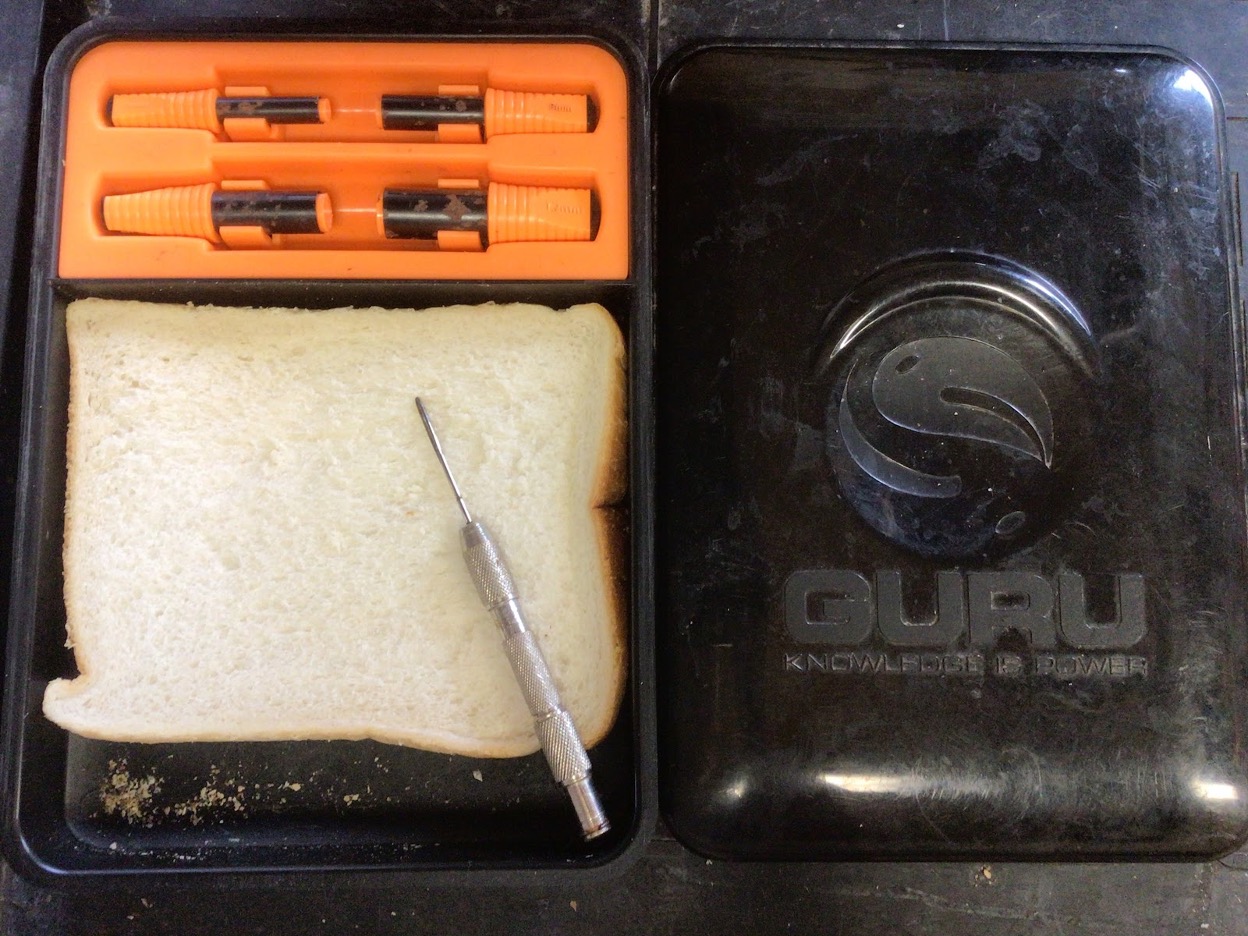
An invaluable piece of kit for me, this Guru punch kit not only allows me to surface fish with the larger size punch but I can also switch in an instant to smaller sized pieces and fish just under the surface if that is how the fish prefer the bait. The sliding lid allows me to cover the slice I am using and stops the bread from drying out.
Selecting the right bread.
I have tried them all. Crusty cobs, Tiger bread, soft baps and every variety of sliced bread in the kingdom. So whilst it is true that there are plenty of options and it is also true that with a bit of effort and ingenuity almost any bread will work, let me advise you to stop wasting time and effort. I have done all the hard miles over the years and in my humble opinion there is just one bread you need.
And the answer is, ….. ta da! If you haven’t surface fished before, and even if you have, you cannot go wrong with Warburtons. It is doughy – so sticks well on the hook – has a tough enough crust to hold a hook if required, will cast a good distance and yet once wetted will easily allow the hook to strike through it.
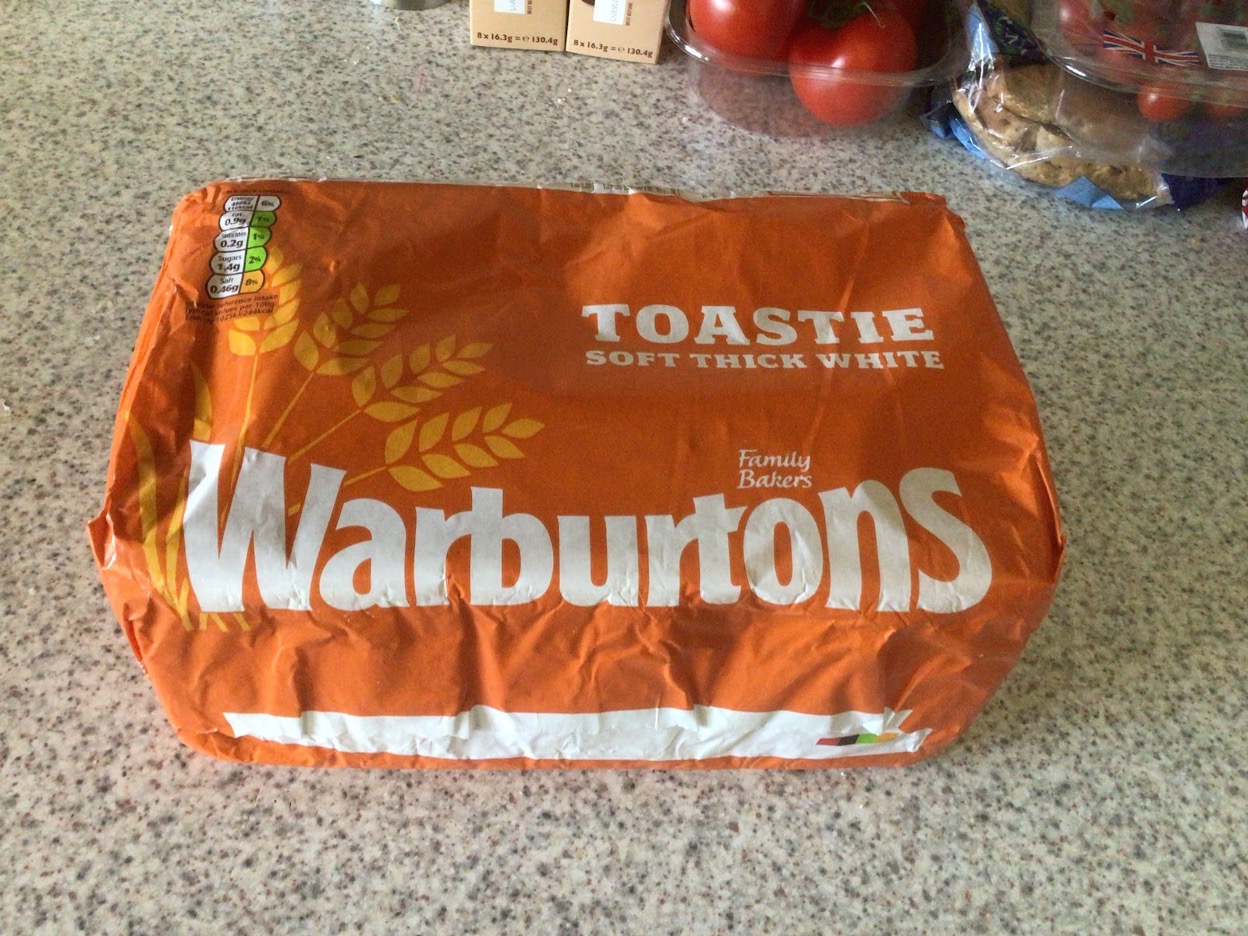
And the winner is… Warburtons Soft Thick White Toastie. Why buy anything else?
Yes, I agree there are some valid alternatives, Hovis and Robertsons spring to mind but for me by far the best bread you can use is good old Warburtons White Toastie in thick or medium slice. Warburtons has the right ‘doughiness,’ the right weight, the correct moisture content and because it is extremely popular it flies off the shelf. This means it is invariably fresh when you buy it so it has consistent properties.
In conclusion it combines being very easy to use with being both ubiquitous and as cheap as chips. On the right day you can catch fifty carp or more with half a sliced loaf, and when you take the rest home the other half makes the best bacon sandwich on the planet. Win win!
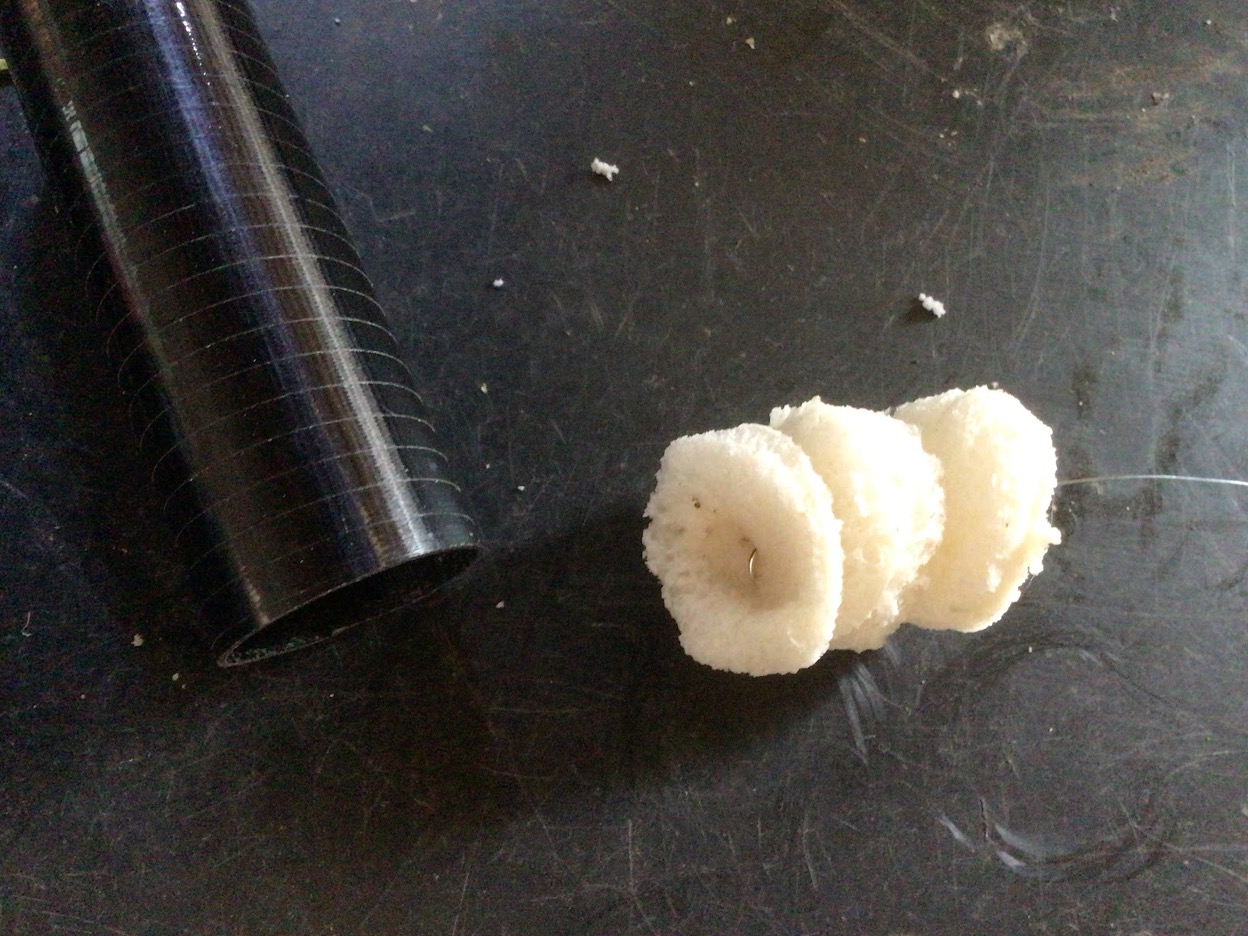
This is my favourite way of baiting up when surface fishing. My home-made punch is 20mm diameter and is just a short section of very thin walled carbon cut from a broken pole. By twisting the punch the bread is cut free without being compressed and as can be seen the bread retains a lot of air this way. The piece nearest the hook is squeezed slightly before the hook is pulled into it as this provides a firmer area that resists the hook pulling through on the cast.
Tackle required – rods and reels.
The rods and reels you use depend very much on the size of fish you are about to target and the nature of the water. As previously stated I am restricting this article to fishing the more commonly encountered commercial waters. However, anglers will invariably get their tackle tested to the limit because the carp we catch tomorrow will surely be bigger than the carp we catch today. They just keep growing!
Even smallish carp of less than 10lbs can very quickly run you into a weed bed and at that point you are no longer playing a fish, rather you are playing an immovable raft of lilies. Although most commercial waters are manicured to be relatively weed free there are plenty of fisheries that offer lily pads and weed beds in the odd quiet corner.
If you select a water where you may need to bully the fish out of snags, being forced to use your line to cut through the weeds, then obviously you need to get the big guns out. So, if hitting and holding is imperative, and some of the fish are likely to be doubles or bigger, you will probably need something much stronger than a standard pellet waggler. At this point you may consider a stalking rod with a minimum line rating of 10lb and approximately 2lb test curve or you may possibly need to try even bigger 15lb mainline which will require an even stronger rod.
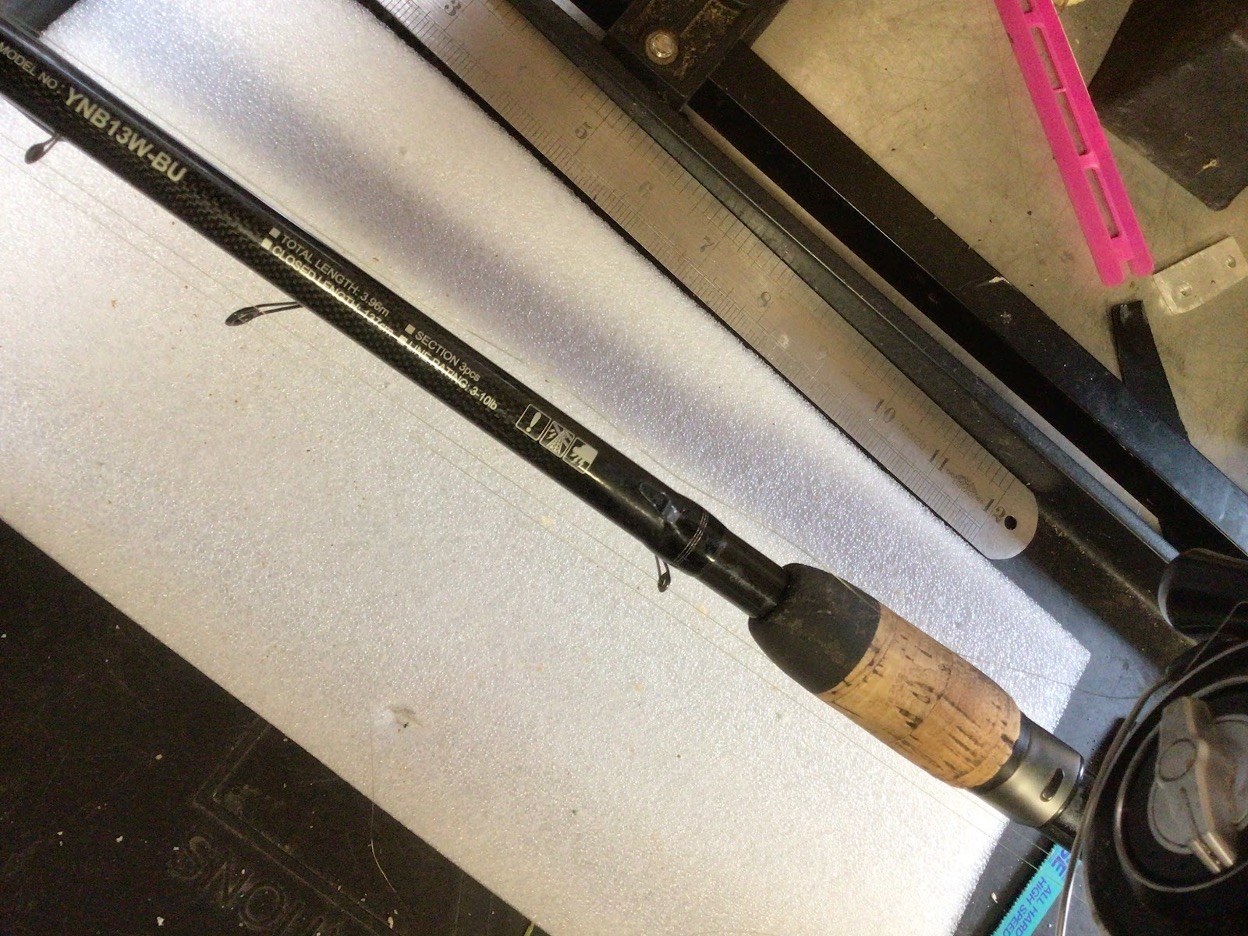
This is my own favourite waggler for all kinds of commercial fishing. It is excellent for surface fishing and I have genuinely landed way more than a thousand carp with it. I don’t think it is available any longer and it is the terribly named but fantastically performing Daiwa ‘Yank ‘n’ Bank’. It was not a great deal of money and was recommended by a friend as performing above its price range. I nearly didn’t buy it because of the awful name – but I am glad I did. It is rated for 3lb to 10lb reel lines and I always use it with 6lb Daiwa Hypersensor.
Tackle required – lines and hooklengths.
As a dyed-in-the-wool former match angler I don’t personally use out-and-out carp gear. Although I do have a 10000 size reel and a 2lb test curve rod I must admit that they are dusty because they usually both stay firmly locked in my shed.
Consequently my own biggest fish taken off the surface is only 16lb, though I have taken innumerable other doubles and many hundreds of other carp off the surface. I invariably landed them all with a fairly cheap 12’ Pellet Waggler rod rated for 3lb to 10lb lines and a not-so-cheap Shimano Aero Match 4000 reel loaded with 6lb line. I normally always use a 4lb or 5lb hooklength for any float rod fishing that I do on commercials with this set-up.
The hook size I most often use is a Size 16 Kamasan Animal and I like to tie these myself. However, buying hooks to nylon is also something I do often and I have no recommendation either way. Because my preference when surface fishing is to fish more open venues that are not so weedy, and there are consequently no real snags to worry about, landing a fish of 16lb is no difficulty at all. Still great fun!
A tale from the olden days.
Mark Downes, former England Match Team angler and current England Team Manager once said that, given there were no snags, there wasn’t a fish in the UK that he couldn’t land with a 2½lb hooklength.
Mark Downes said this before the boom in commercial fisheries and he was probably not including carp in his theory, but I still broadly agree with him. With no snags and a correctly set drag or with skilled back-winding, there is theoretically simply no way a fish can break free. When catching and playing bigger fish all that needs to increase is the time it takes to land the fish. In my experience the bigger carp of, say, over 10lbs are often lazier and easier to subdue than many 5lb fish which shoot off like maniacs. Do you agree or is it just me?
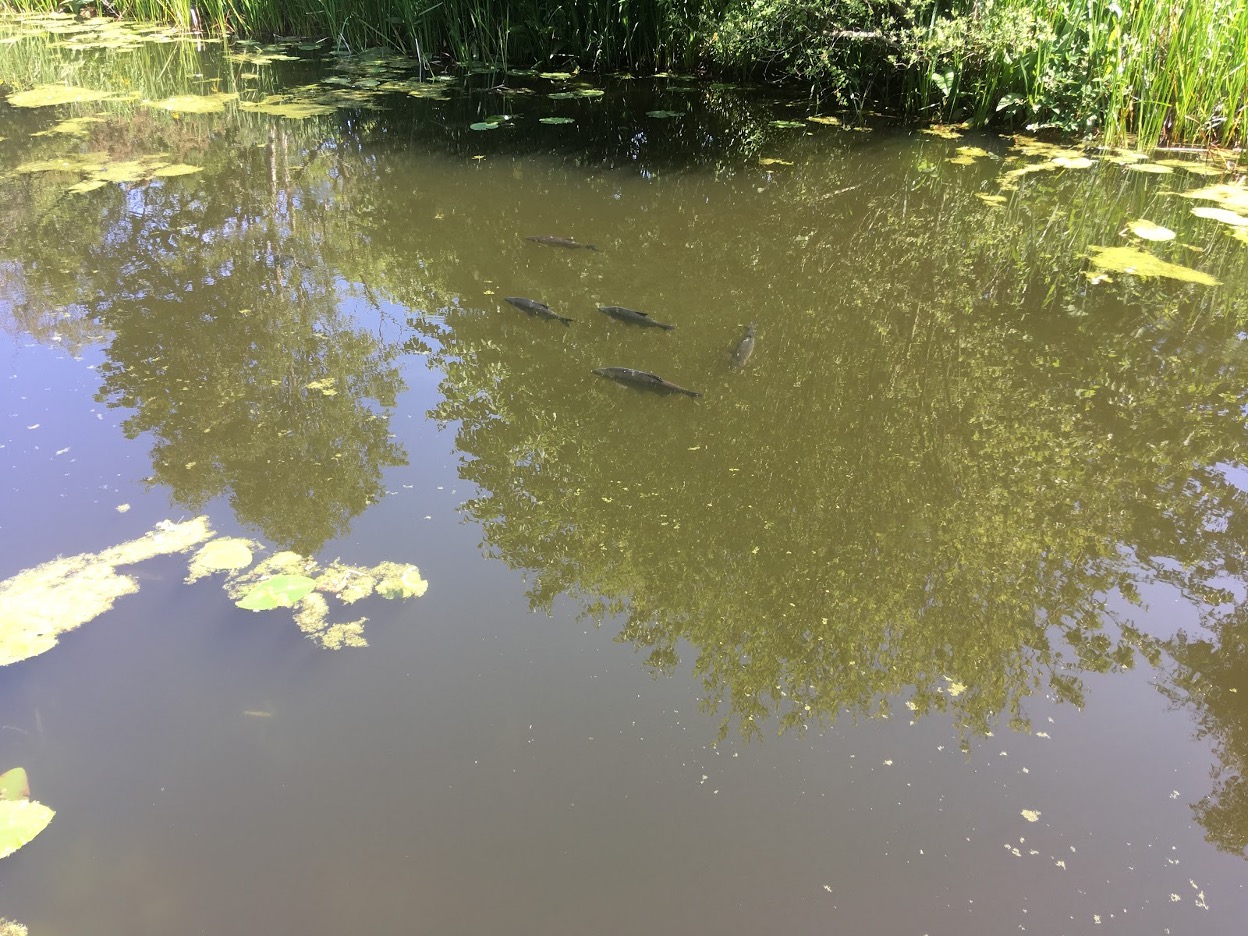
A sight for sore eyes for the keen surface angler. Fish lying in the upper layers doesn’t always mean that they will feed, but it’s certainly a great start.
Float or free-line?
Although I personally rarely free-line a floating bait, for me, there is no great difference either way. Simon is one of my fishing buddies who I very often fish with and who knows more about surface fishing than Mr Warburton himself. Simon often chooses to free-line. He sometimes uses mahoosive chunks of bread compared to me – a whole slice on one cast is not uncommon for him – and he can cast just as far as I do even though I may be using a waggler or a controller float.
In truth, and here I bow to the master, he regularly catches more fish off the surface than I do – but he can often do that when he uses a float too. However, on the flipside, there are days when my favourite bait, which is two or three pieces of 20mm punched bread, will outfish Simon’s Warburton Gobstopper hands down. It sometimes just depends upon the day… and the fish.
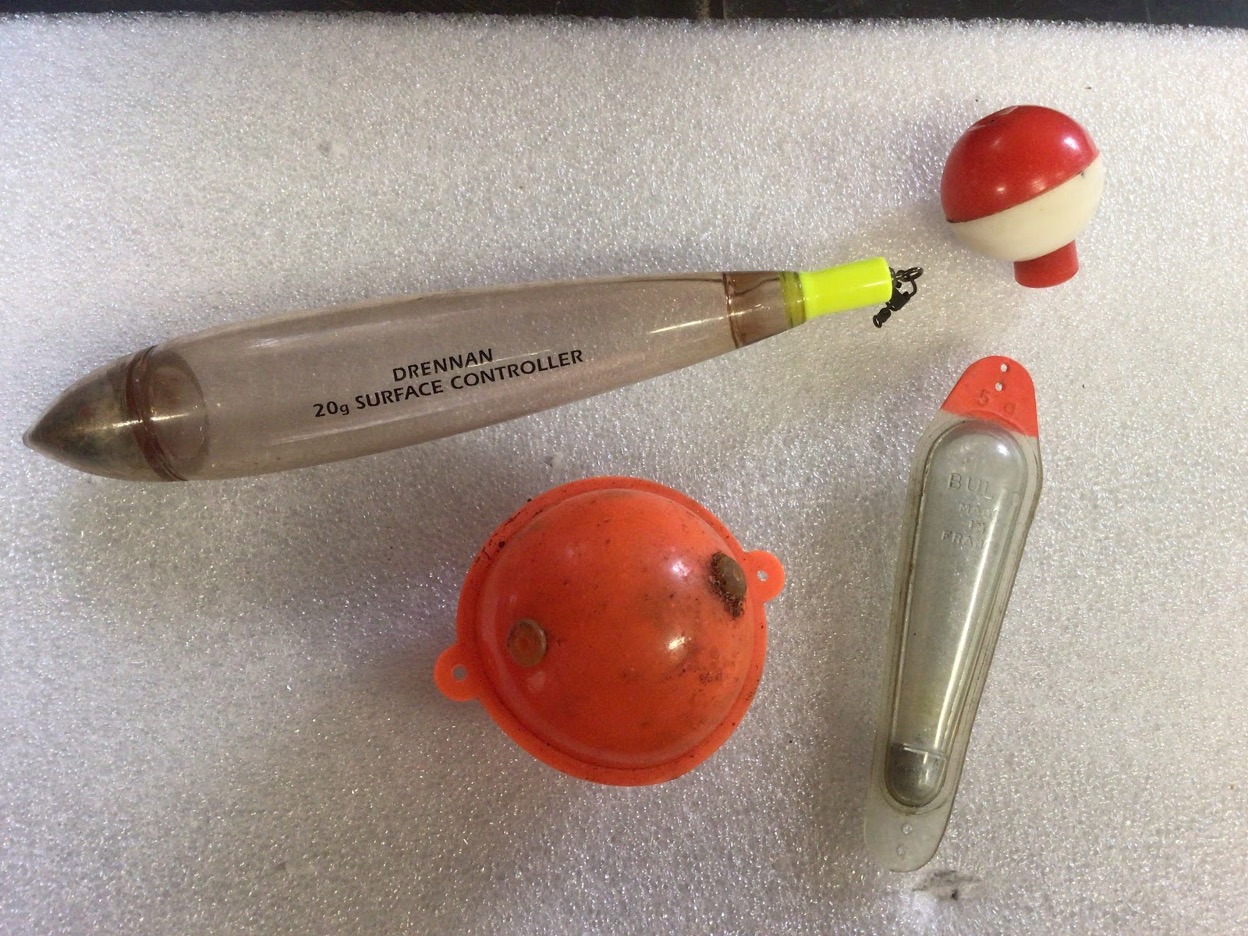
A variety of bespoke devices designed for surface fishing. They are less of a bite indicator than a weighted means of achieving casting distance. At great distance the colour will keep your attention near your hookbait as it is very easy to lose your hookbait amongst similar free offerings. I personally use a standard pellet waggler more often than otherwise and find that bites are very often unmistakable as line shoots across the surface.
Tactics.
Surface fishing is a tactic that is usually associated with summer – scorching hot days with fish swimming just below the surface or lazily sun-bathing. Dark shadows can be seen lying beneath lily pads quietly mouthing the surface and silently hoovering up whatever Mother Nature has provided. A pair of polarised sunglasses are very useful for spotting these half-submerged torpedoes, though I don’t sweat about it if I forget mine. Hopefully there will be so many fish feeding that I don’t need them.
Often, when you are concentrating on other methods, these secret fishy activities can go unnoticed but, as if a switch has been thrown, the carp will then announce themselves by loudly gulping down food. This noise can be the signal to put your other tackle down and concentrate on floating baits. The carp are on the surface and they are ‘having a go!’
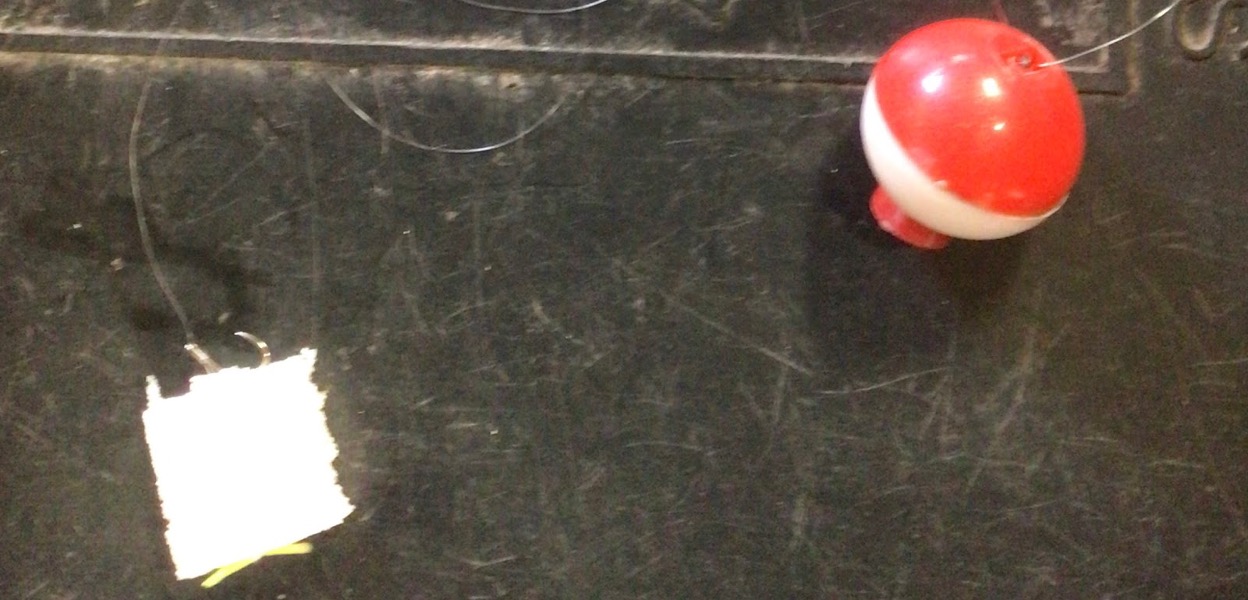
A piece of artificial bread can often be more resilient than real bread, especially when ‘nuisance’ fish like Rudd are destroying your hook bait. Here the artificial bread is on a hair and anchored with a piece of grass. There is normally lots of grass around so I never worry about buying plastic bait stops for the odd occasion that I use a hair. Using grass is both greener, and greener, if you get my drift?
The trick to catching from the surface is often to provide enough free offerings to get the fish feeding confidently and put your hookbait in the middle of the free stuff. However, sometimes introducing free offerings can immediately spook the fish and they will silently slink away. If you do put out free offerings make sure that you don’t lose heart if the fish immediately disappear, often a little patience will reveal the hungrier individuals eventually returning to see if they can ‘steal’ a free meal.
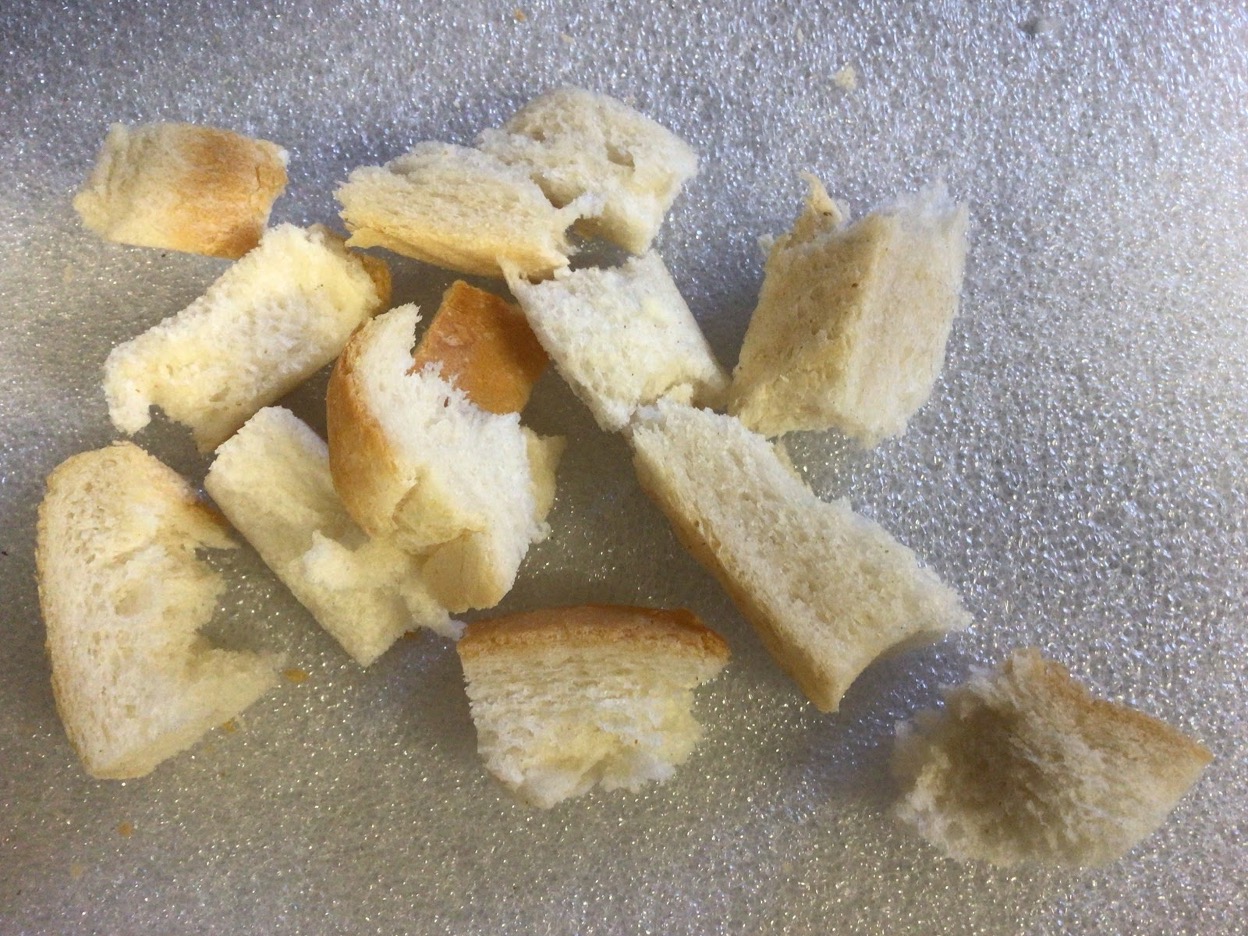
Not every angler uses the crusts when surface fishing but whatever you do don’t throw them away, …. or do I mean DO throw them away? Whatever,… I break mine up into small bits and catapult them out as free offerings. Waste not want not.
If the fish are demonstrating that they are going to be easily spooked a good tactic is to overcast, putting your hookbait well away from the target area, and slowly retrieve until you can pull your bait into the bullseye. This will also keep your line tighter meaning that, should you get a take, a gentle lift will set the hook, even at great distance.
One other trick that can be achieved by overcasting is to rewind and pull your bait up to a lily pad. Resting your line on the pads with just your bait free to gently waft about and tantalise the fish, can be a killer method. Your line is made entirely invisible to the fish and your bait is locked in a sweet spot where the fish feel safe. This is one of those times when a set of big gun tackle (see previous) will often be required or else your plans will end in tears. As far as the carp is concerned sanctuary and a three inch thick lily stalk are only moments away. You have been warned!
How to put bait on the hook when surface fishing.
Every picture paints a thousand words. There follows a series of photographs that will demonstrate some of the more popular methods and baits that can be used when fishing on the surface. Anglers should find that every method here will become easier to get right with use, and they will become more confident as they benefit from experience. Give them all a go and find your favourite.
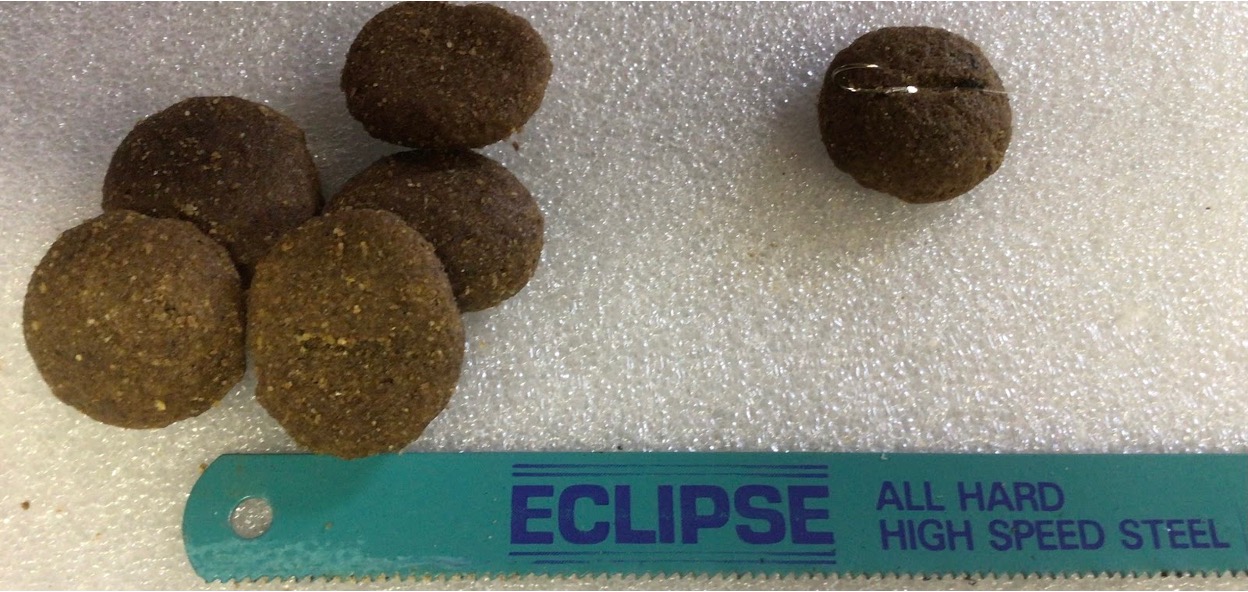
Note that the dog biscuit top right has slot or groove cut into it with a hook affixed. This groove was made with the hacksaw blade in the bottom of the photo. The hook is held in position and a dab of superglue is used to secure it in the desired position. I have sometimes sat watching telly and prepared some hookbaits by pre-cutting my grooves into dog biscuits whilst watching. Now I am older and wiser, so I only cut my grooves as required using a broken bit of blade I can take with me, and I always glue my biscuits into place on the day.
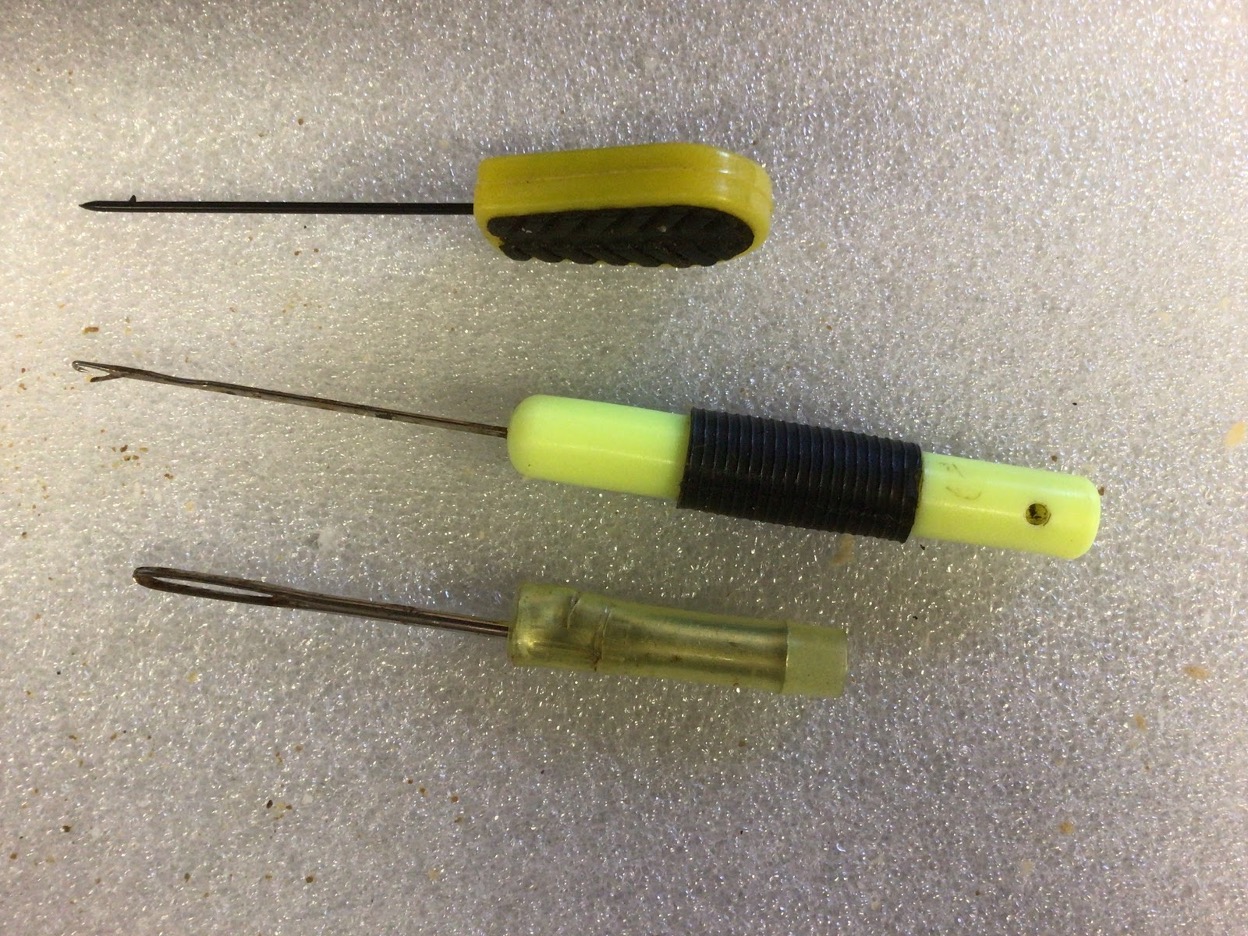
A variety of baiting needles can come in very handy when surface fishing, though they are not mandatory. The one at the bottom is a home made piece of kit using a darning needle crimped into an electrical connector.
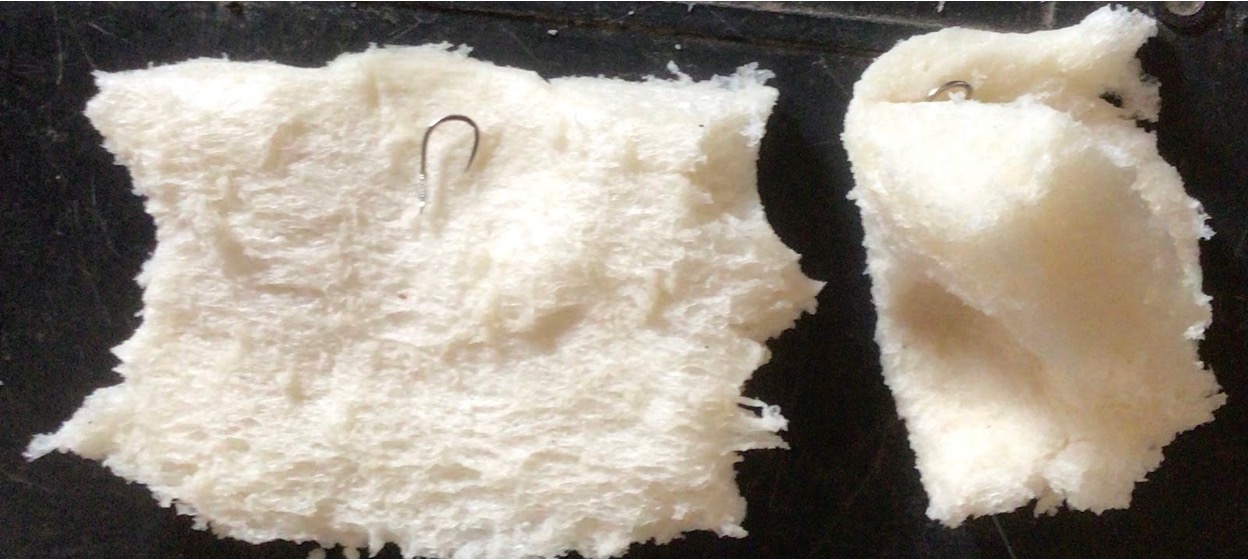
Ideal when you haven’t got a baiting needle, this method is extremely useful when the distance being cast is short to medium. Tear off a square of bread and lay your line across the middle with the hook near to the edge. (As per the lefthand example). Fold the bread down the middle, capturing the line, but leaving the hook free move, and then squeeze the bread above the hook. This should provide enough ‘grip’ for the bread to be retained during the cast but not so much that the hook cannot become free on the strike.
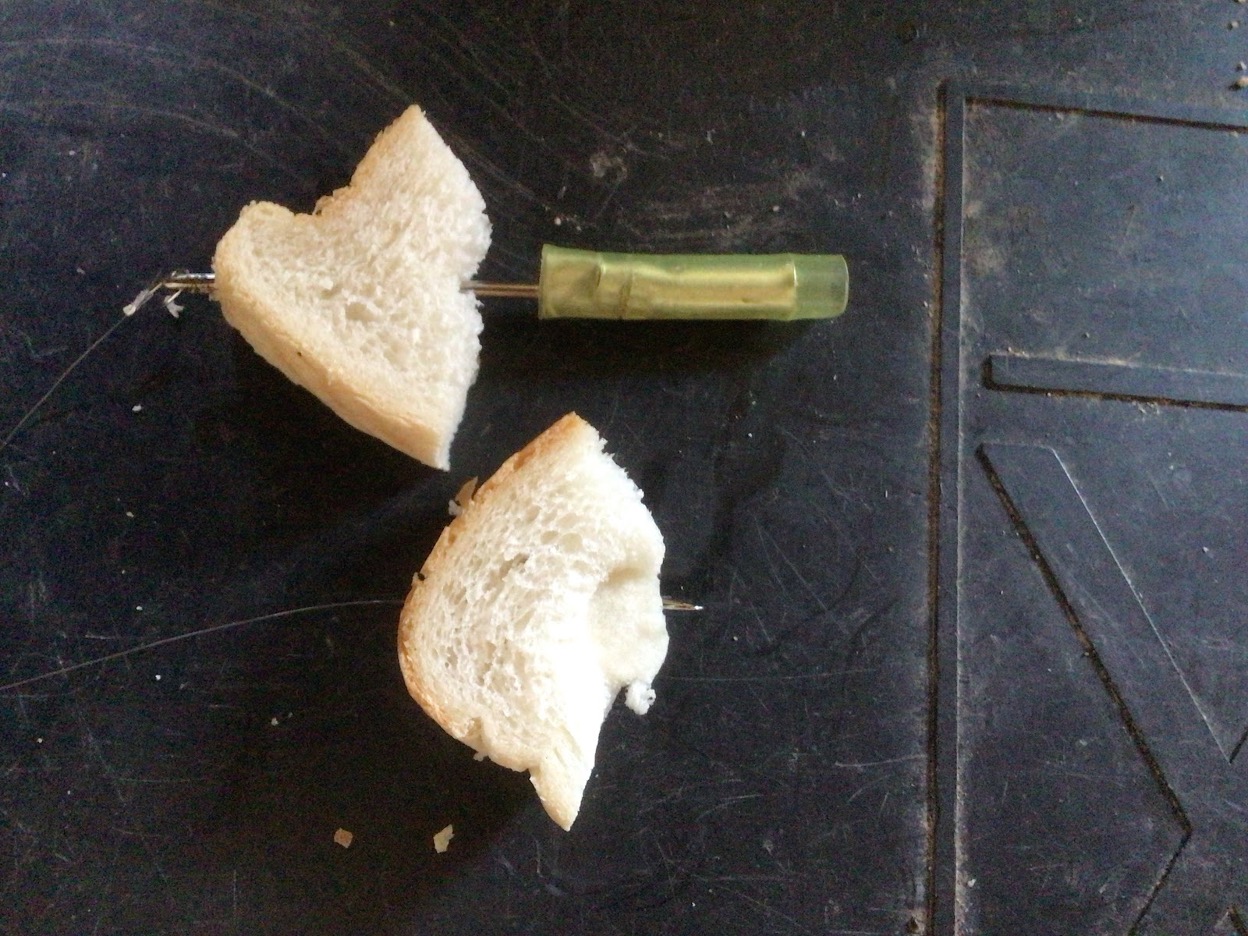
I like to use the crusty corners from a slice of bread. Rather than putting a bigger bait on, this smaller offering will often encourage a take more readily. Make sure the hook is pulled into the bread side and combined with a few bits of crust as free offerings it can be an irresistible combination.
FAQs
Does a bigger bait catch a bigger fish?
Not in my experience. A bigger bait can be used to hide a bigger hook and that can be an advantage, but in my experience of primarily using a Size 16, that is not a concern for me. However, if you are targeting those bigger fish, and using 10lb mainline or above, you will invariably be fishing with a 9lb hook length or above which you may think requires a size 12 hook or bigger. Under those circumstances a bigger bait will probably bring advantage, but not necessarily a bigger fish.
Is it true that bream take surface baits?
Yes they do. Despite the long held belief that bream are entirely bottom feeders they will readily feed off the top. I have taken them on both bread and dog biscuits. I wrote recently about bream taking lures and that for me is another remarkable trait of this misunderstood species.
It was not so long ago, when commercial fisheries began to stock bream, that I first experienced bream that launch themselves, dolphin-like, out of the water upon being hooked. It is now commonplace… though still entertaining. One of these days, perhaps, we are going to hear about bream taking a duckling off the top and when you do you can all reflect that you heard it here first. Remarkable fish!
Does line diameter affect catch rate?
In any kind of fishing it is invariably true that you will get more bites the lighter the line you use. From this we can extrapolate that line diameter will also always affect catch rate, though there is never a ‘best’ solution that suits all. I prefer lighter lines in any fishing I do, knowing that lighter lines create more bites. However, getting more bites is not the same as having an improved catch-rate. Taking this reasoning to extremes were you to surface fish with 1lb hooklengths you would certainly get more bites but you would equally certainly lose more fish than you landed, if indeed you managed to land anything. Not good!
The opposite argument is also true. If you put 50lb breaking strain line on your reel you would potentially land every fish you hooked, but I would be surprised if you managed to hook a single fish all day – a catastrophically bad catch rate. Anglers must always compromise and find the happy medium between hooking more fish and landing more fish. For me, I prefer to fish light enough to get plenty of bites and then use balanced tackle and experience to play the fish to the net. Others may prefer less bites by using stronger tackle to make landing the fish an easier proposition. You pays your money, you takes your choice.
How much bait will I use in a day when surface fishing?
Sadly there is no definitive answer. Let me tell you a story. Over the recent 2022/2023 winter my pal, the aforementioned Simon, and I fished a lake that has an extraordinary record of fishing well even in winter. Although the average size of carp is now around 5lbs there are quite a few big doubles and no matter what time of year it is they always feed off the surface.
On one occasion in February I used two or three pieces of punched bread as hookbait and had an estimated total of 250lbs of fish. A great day in winter, I am sure you will agree. During the whole day I used just four or five slices of bread. Conversely my pal Simon got through two loaves for about the same overall result. My conclusion is this… take two loaves and if you have some remaining at the end of the day make bacon sarnies when you get home.
If you are using dog or cat biscuits, cereals or pellets you will be tempted to take too much bait with you, possibly leading to you overfeeding and thus ultimately reducing the success of the day. My suggestion is to only feed enough to keep the fish interested and always be prepared to take a lot of bait home with you. The great thing about these particles is that they will store well and keep for another day.
What is the best length for a hook length?
Generally when surface fishing I believe the length of your hooklength should not make a great deal of difference to your catch rate. I personally prefer to have approximately the first three feet of my line sunk under the surface and then I apply a floatant if required to keep the rest of my line lying on the surface. I don’t mind if the knot on my hooklength is sunken too, along with the adjoining foot or two of mainline. The sunken line is less easily seen than floating line, ensuring that fish are not alerted by the line as it leaves your bait. The rest of the mainline, being on the surface, is easier to lift and thus, for me, gives a cleaner strike. When using a float or controller I prefer to have at least three feet below the float, and for everything between the float and the bait to be sunk with the mainline above the float to be on the surface.
Similar articles
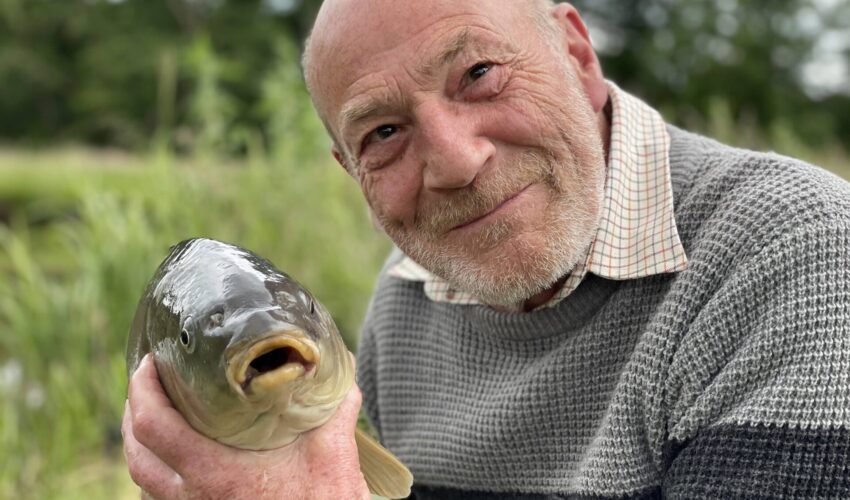
In Memory of Peter Cliff
It is with heavy hearts that we announce the passing of Peter Cliff, the founder of Fisheries.co.uk, who passed away in May 2025. Peter’s vision and dedication transformed what began as an idea 26 years ago into one of the…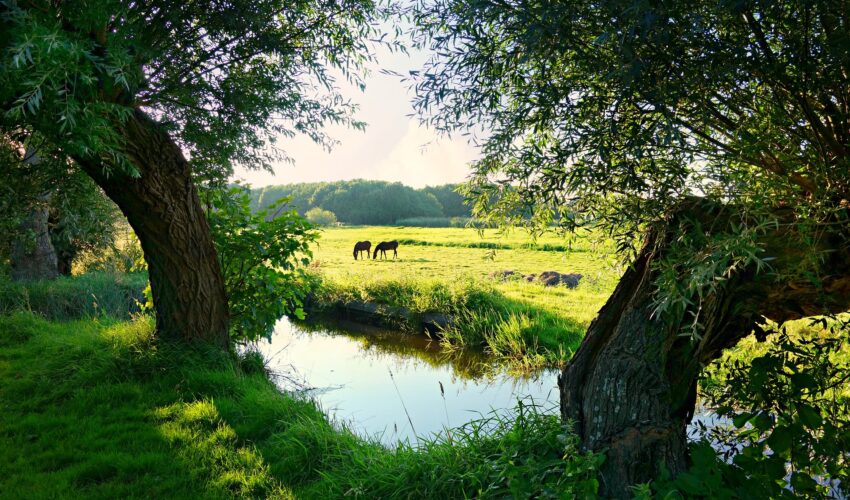
River Fishing – A guide to getting started
Are you thinking of going for a trip to the river in 2025 but find yourself filled with trepidation because you have never fished running water before? Well I want you to relax. Let us take the mysteries out of…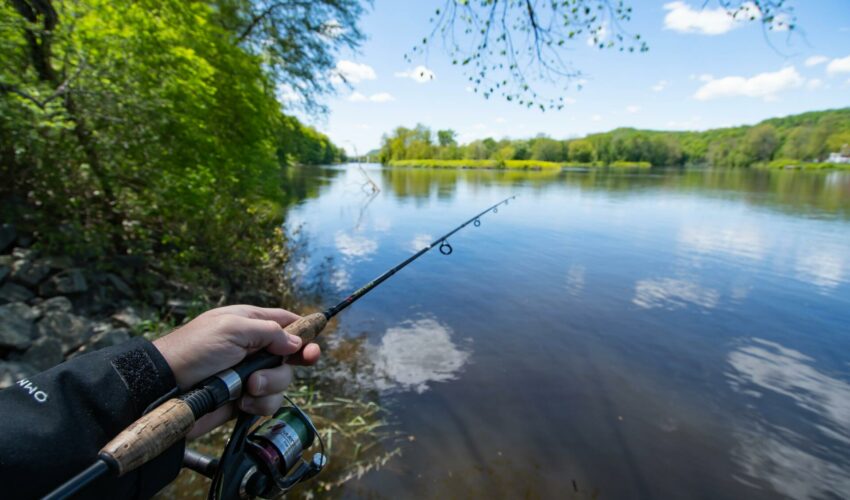
A guide to fishing licences in 2025
Whether you want to become a new angler or you’ve been fishing for years, you will be required to obtain the Environment Agency Rod Licence. In this article we explain what you’ll need if you want to go fishing in…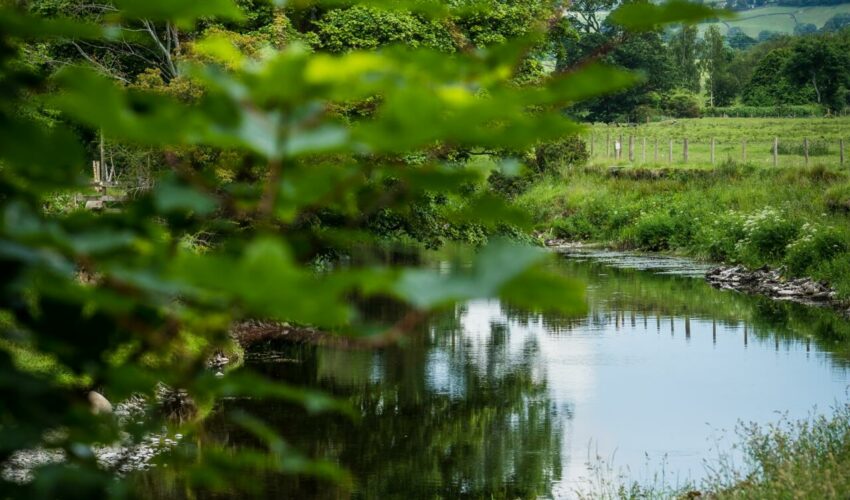
Make the most of the 2025 river season with this in-depth guide to fishing rivers
If you’re new to fishing rivers, or just fancy a change from fishing stillwaters, this guide will help you make the most of the new 2025 river fishing season. With advice on reading the water, what species to fish for…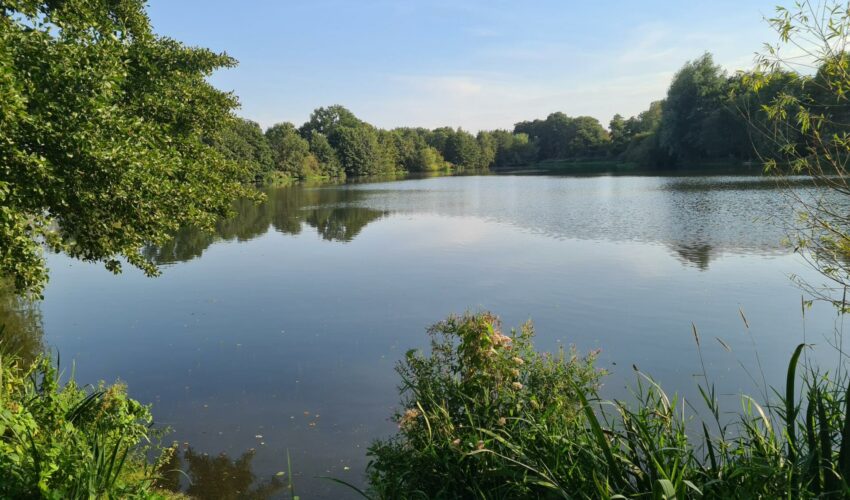
Our guide to fishing this spring (2025)
With the worst of the weather over (we hope!) and with spring finally here, it’s time to clean out that tackle box and get on the bank for some spring time fishing.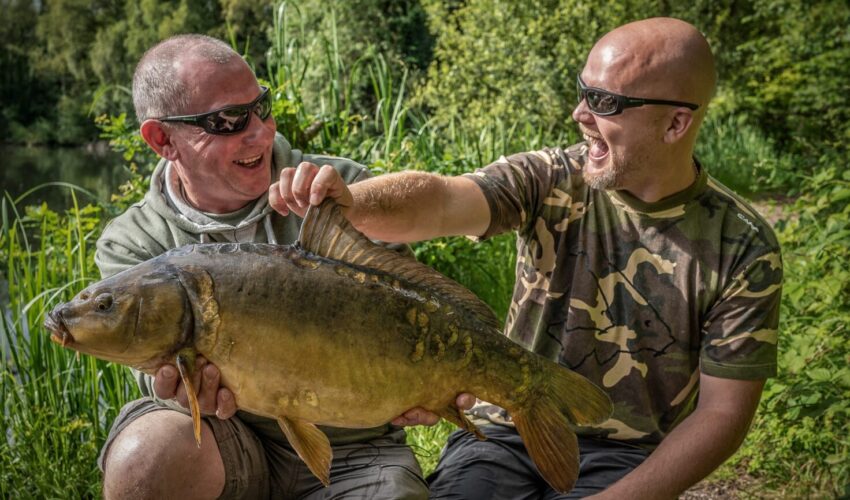
Take a friend fishing
Get ready to hit the water! From April 18th to May 4th, 2025, you can get a free fishing license to take a buddy out and show them what fishing’s all about. Yep, free! It’s all part of the “Take…Search by Region or County
Find new places to go fishing in your local area or county by choosing your destination below
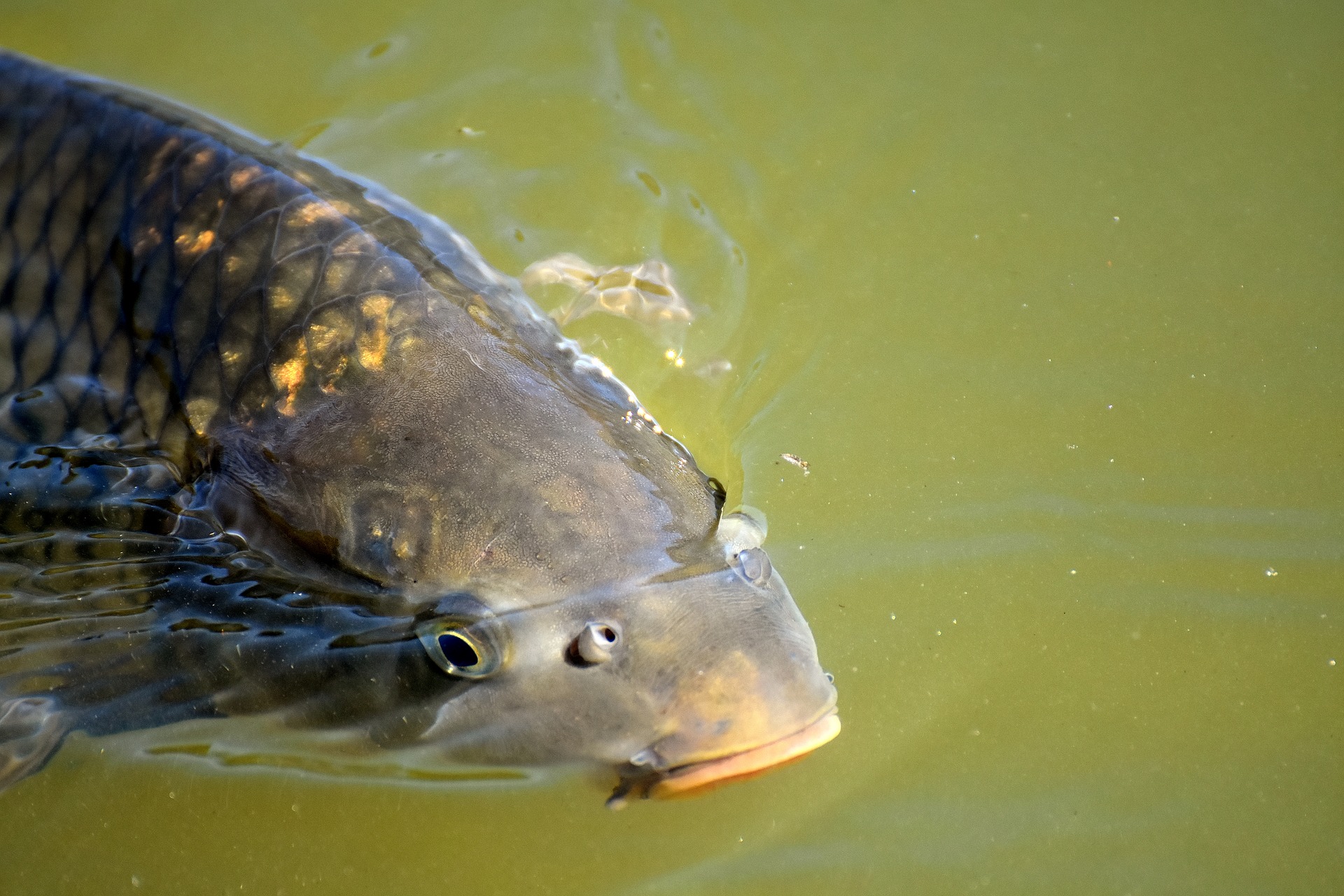









Comments